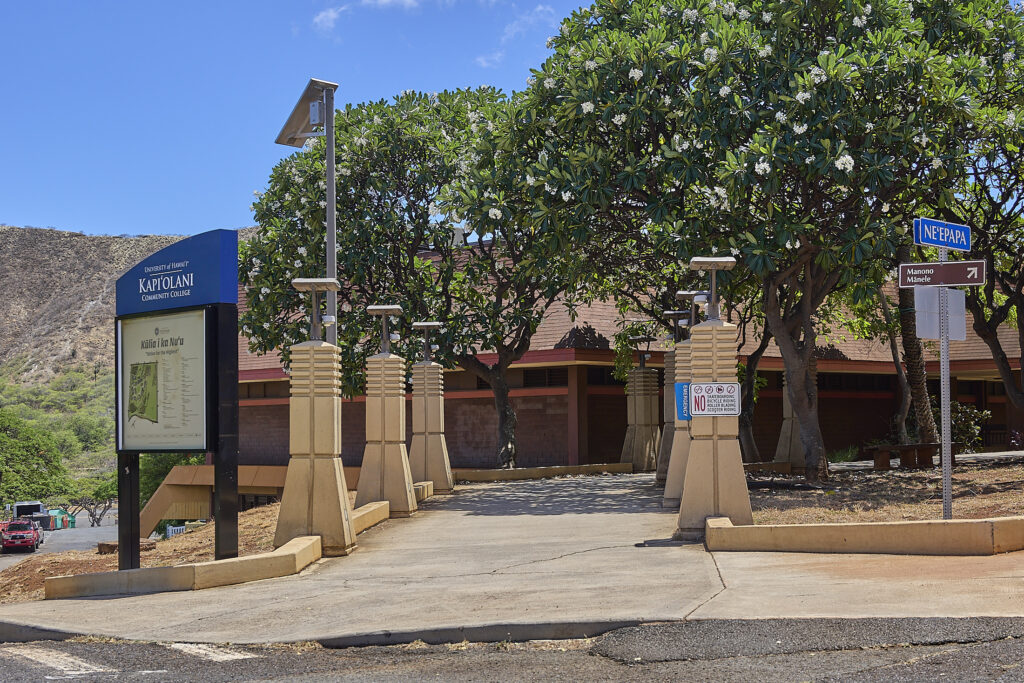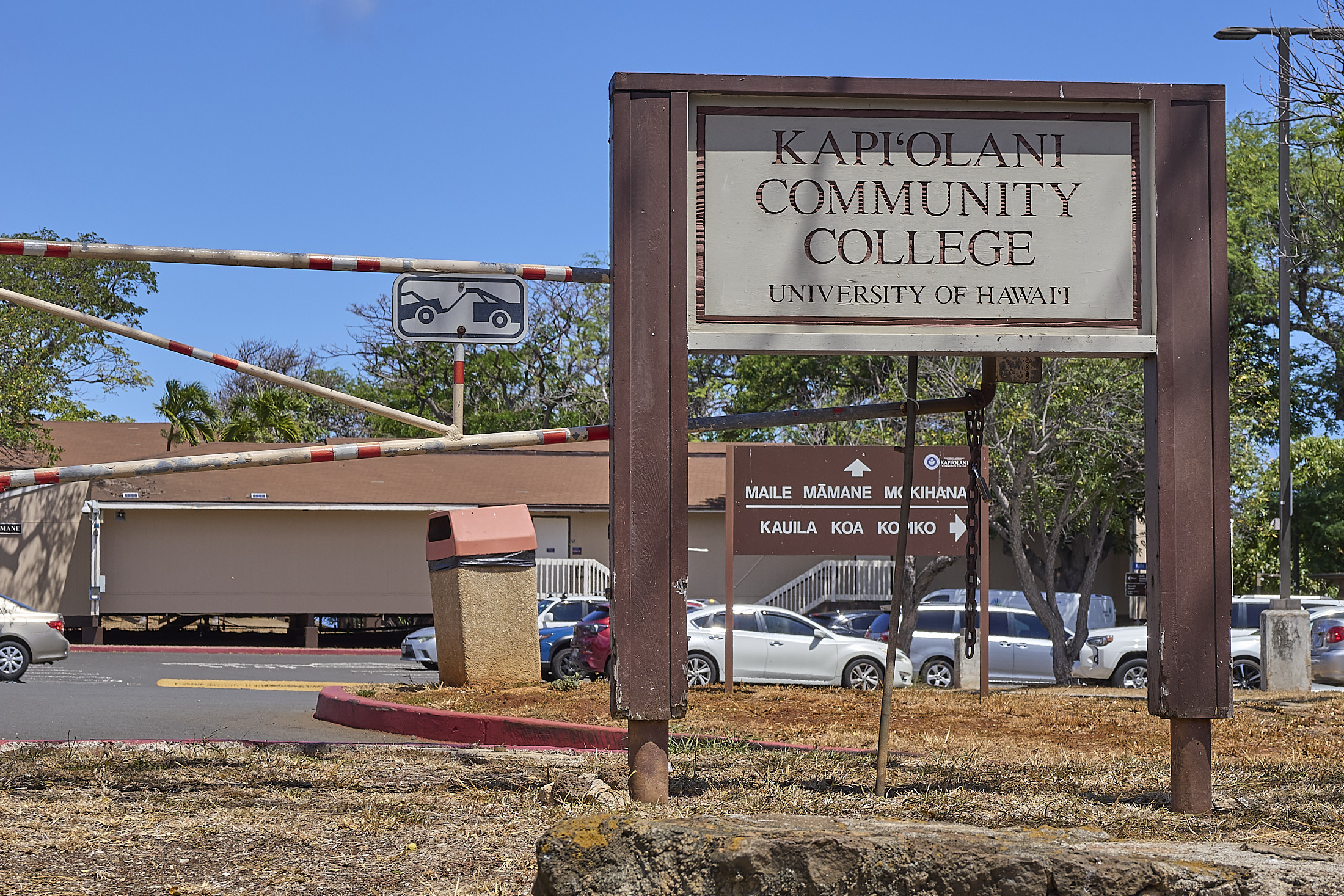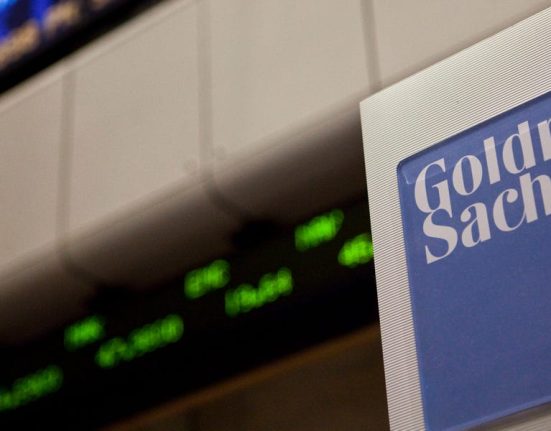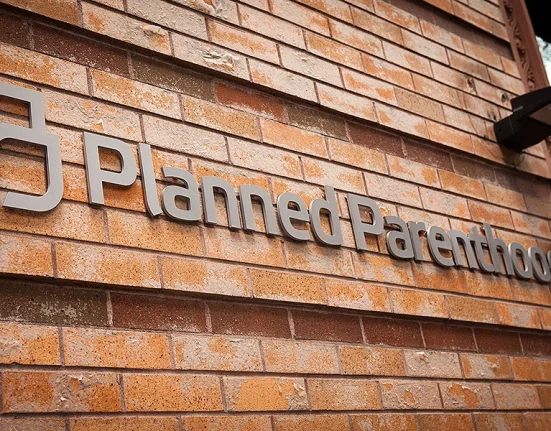Kacie Karimoto started classes in Kapiʻolani Community College’s respiratory care program this summer, hoping to earn an associate’s degree that would challenge her academically and help her land a high-paying job.
Worried about paying for the classes while already struggling with Hawaiʻi’s high cost of living, Karimoto took out a $2,000 federal loan to help cover tuition for summer and fall classes.
“Everybody should have access to education,” Karimoto said, adding that loans have provided her classmates the flexibility to develop new skills and pursue new careers through college.
But taking out federal loans may no longer be an option for some University of Hawaiʻi community college students in the coming years.

The federal budget reconciliation act, which President Donald Trump signed into law earlier this month, requires colleges to prove the value of their degrees by showing that their graduates earn more than workers with only a high school degree. Programs whose graduates fail the wage comparison test twice in three years will lose their eligibility for federal student loans.
UH is still determining how the rule will impact its students, and data is complicated. But a preliminary analysis from American University’s Postsecondary Education & Economics Research Center shows that roughly 17% of UH community college students were enrolled in programs at risk of losing eligibility, according to 2019 data.
Karimoto’s program would not be at risk, but many other associate programs are — from liberal arts to cosmetology. Early childhood education programs, whose graduates face low wages in the field, are particularly at risk under the new federal law.
That’s a big concern for preschool and child care providers, who say cutting off access to federal loans could weaken the pipeline of students pursuing careers in early education amid the state’s ambitious goal of providing preschool to all 3- and 4-year-olds by 2032.
Some Hawaiʻi students have questioned the value of an associate’s degree in recent years, particularly when wages remain low for graduates in some fields. But employers are expected to face a high need for college-educated workers in the coming years, and some economists and education advocates say cutting off access to federal student loans will only hurt low-income students and worsen workforce shortages.
“I don’t think less education in general is a good thing,” said Rachel Inafuku, a research economist at the University of Hawaiʻi Economic Research Organization, “for any state and any economy.”
Limiting Access
As student loan debt rapidly grows, the federal government has placed greater scrutiny on the value of college degrees in recent years.
Past efforts to determine the quality of undergraduate programs typically looked at student debt levels and repayment patterns, which colleges have more control over, said Sarah Austin, a policy analyst at the National Association of Student Financial Aid Administrators.
On the other hand, Austin said, colleges have less control over students’ earnings. Students pursuing degrees and careers in public service may naturally make lower wages than workers in other fields with a high school diploma, she said.
“I think that concept makes sense,” Austin said. “I think the concern here is how the actual comparison is done.”
The new accountability measure will go into effect next July, although it could take the federal government a few years to gather data on graduates’ wages. Students whose college programs no longer qualify for federal loans could still receive other forms of aid, including Pell Grants.
In the American University analysis, only 2% of students in the UH system pursuing bachelor’s degrees faced the risk of losing their loan eligibility, since graduates from four-year programs typically earn higher wages.
At UH community colleges, earnings vary widely for graduates. Students with associate degrees in health-related fields, like nursing or radiologic technology, can earn salaries upward of $90,000 just a few years after graduation.
But nearly 20 programs reported the incomes for their graduates fell below the median earnings of workers with high school degrees, according to a UH report on the wages of students graduating between 2012 and 2016.
Among the lowest paying programs were associate degrees in marketing and Hawaiian Life Styles, which focuses on Hawaiian language, history and culture, from Hawaiʻi Community College. Four years after graduation, marketing students reported a median income of $22,055, and alumni with their Hawaiian Life Styles degree earned a median wage of roughly $25,600.
Hawaiʻi high school graduates between the ages of 25 and 34 earned a median income of roughly $34,200 in 2022, according to the U.S. Department of Education.
In a different UH database of earnings for community college graduates, some associate degree programs report higher incomes for their students. But the database includes the wages of students who earned their associate’s degrees and went on to pursue more education, increasing their potential earnings.

In an emailed statement, UH communications director Dan Meisenzahl said the university is still waiting for additional federal guidance to determine how the new law would impact programs and students. Compared to UH’s four-year campuses, relatively few community college students take out federal loans.
Less than 10% of UH community college students graduated with federal loan debt in 2024, although the numbers exclude students who transferred or dropped out of their programs.
Taking away federal loan eligibility for certain associate programs could create more economic inequality and reduce opportunities for low-income students to pursue college, Inafuku said.
The federal government’s accountability measure, which looks at the wages of college students four years after graduation, doesn’t consider the long-term benefits of higher education and can particularly penalize students pursuing associate degrees, who may not see an immediate boost in their earnings after college, Inafuku said.
“Looking at short-term versus long-term is a really different story,” Inafuku said.
Even in cases where community college students make less than high school graduates, they still make important contributions to the workforce, Inafuku said. While some students assume they don’t need a degree or specialized training after graduating from high school, roughly 70% of Hawaiʻi jobs will require some college education by 2031, according to a report from Georgetown University.
The Need For More Teachers
At Sunshine School in Kailua, preschool director Julie Kalakau said it took her nearly eight months to hire a teacher earlier this year. While she was eventually able to fill the position, the teacher she hired is still in the process of completing her early learning credentials and needs additional supervision, Kalakau said.
Teachers working in licensed child care and preschool centers need an associate’s degree in early childhood education, but the state has historically struggled to attract workers to the field because of the low pay.

At Hawaiʻi Community College, students reported a median income of roughly $29,300 four years after graduation – less than what they could be making if they started working immediately after high school. In 2021, Hawaiʻi child care workers earned an hourly salary of $13.79 – nearly the same wage as fast food workers, according to a study on early education from the RAND Corp.
Theresa Lock, an instructor at UH Mānoa’s College of Education, said it’s difficult for preschool and child care centers to raise the wages of their workers without increasing tuition for families, who may already be struggling to make ends meet. To recruit more students to the field, she said, the state needs to pursue strategies that decrease the costs of attending community college while also increasing the income of workers.
Kalakau said she’s worried that cutting off federal loans for associate degrees in early education could prevent students from pursuing careers in teaching, especially since many low-income students turn to community college for affordable classes. While preschool teachers struggle with low wages, she said, penalizing the field by taking away federal loan eligibility for associate degrees isn’t the solution.
“I just worry about the future if we start taking away entry-level ways that people could become an early childhood educator,” Kalakau said.
Statewide, community college enrollment for Hawaiʻi public school graduates has fallen over the past several years. In 2023, 17% of public school graduates enrolled in a two-year program, compared to nearly a quarter of students in 2016.
Stephen Schatz, executive director of Hawaiʻi P-20 Partnerships for Education, said many associate degrees can still end in high-paying careers for students, particularly in the skilled trades. Partnerships between UH and the state education department help reduce the costs of community college for students by allowing them to take early college classes and make progress toward their associate’s degrees while in high school, he said.
Exposing students to career-based classes early on can also encourage more residents to pursue their associate degrees after high school, Schatz said, pointing to the 2% increase in Hawaiʻi public school graduates entering UH community colleges last year.
“That’s really a concerted effort between high schools and their college partners to really create a pathway that gets the kids excited and gets them into a program that’ll get them a good job in the state,” Schatz said.
Civil Beat’s education reporting is supported by a grant from Chamberlin Family Philanthropy.







